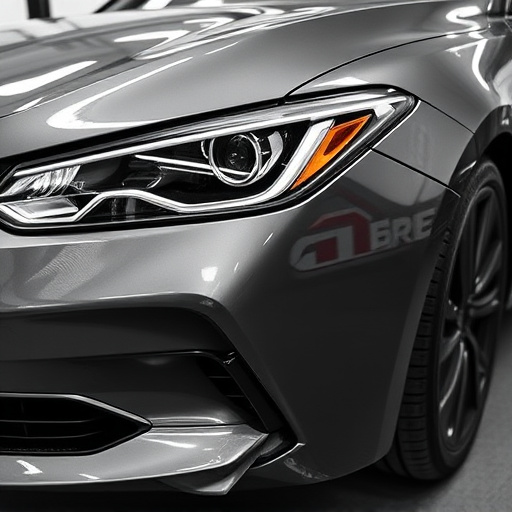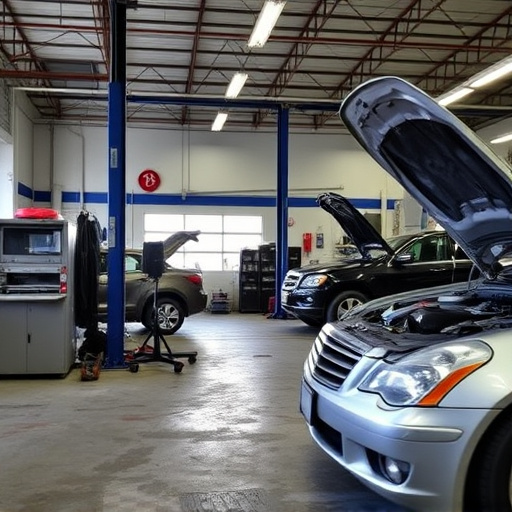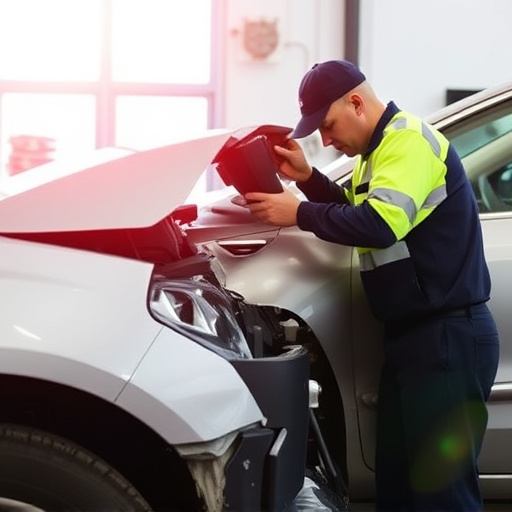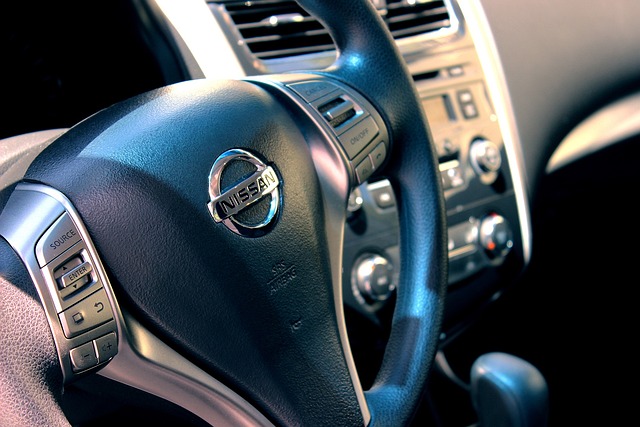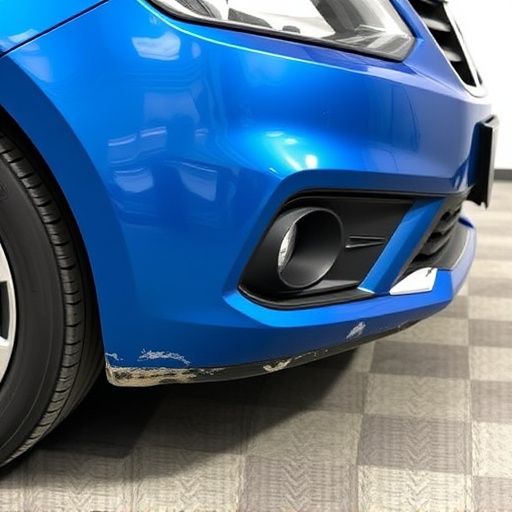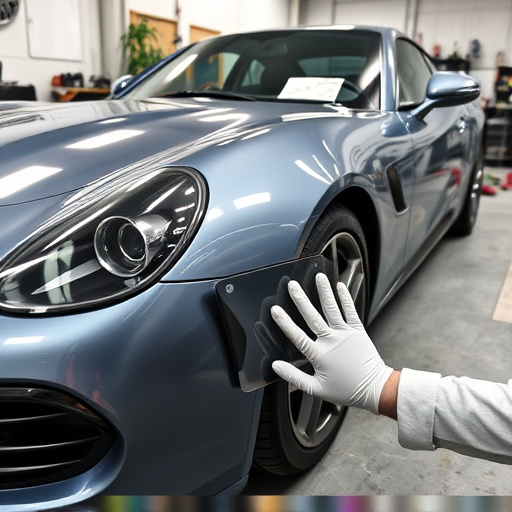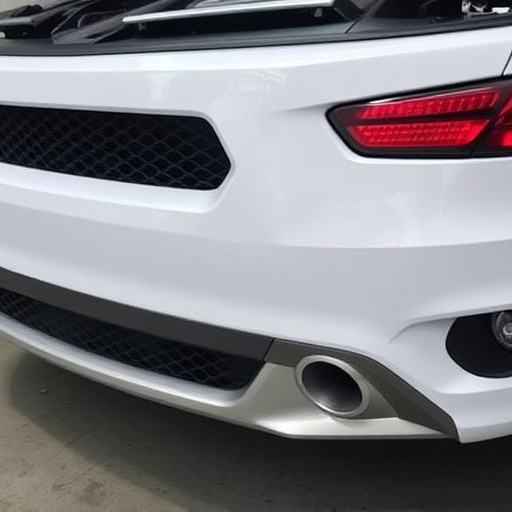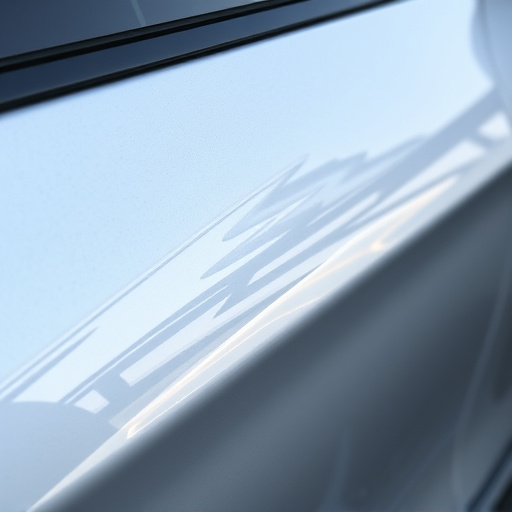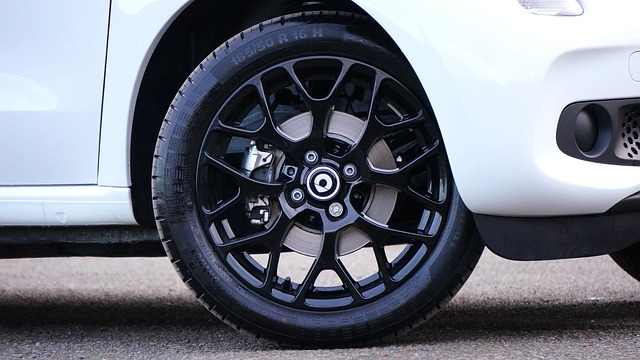Modern structural adhesive systems transform automotive collision repair by offering superior strength, faster drying times, and versatility for diverse vehicle materials. Best practices ensure optimal results through proper surface preparation, priming, mixing ratios, curing time, and adherence to safety standards, ultimately enhancing crash safety, aesthetics, and vehicle longevity.
In modern collision repair shops, structural adhesive systems are revolutionizing vehicle restoration. This advanced technology offers unparalleled strength and precision compared to traditional methods. Understanding the benefits of these adhesives—from enhanced structural integrity to faster cure times—is crucial for efficient, durable repairs. This article delves into the latest developments in modern adhesive technology, exploring advantages, best practices, and real-world applications that are transforming the automotive industry.
- Understanding Modern Adhesive Technology in Collision Repair
- Advantages of Structural Adhesives Over Traditional Methods
- Best Practices for Applying and Curing Structural Adhesive Systems
Understanding Modern Adhesive Technology in Collision Repair
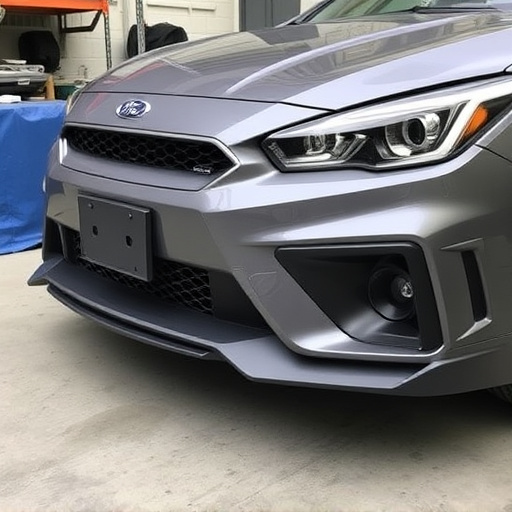
In modern collision repair shops, understanding structural adhesive systems is paramount to ensuring efficient and durable repairs. These advanced technologies have revolutionized automotive collision repair, offering superior bonding strength compared to traditional methods like rivets or spot welds. Modern adhesives are designed to mimic metal’s structural integrity, enhancing crash safety and vehicle longevity.
The evolution of adhesive technology in the automotive industry is driven by the need for lightweight materials, improved aesthetics, and enhanced safety standards. Adhesives used in car paint services and vehicle paint repair today are meticulously formulated to withstand various environmental conditions, ensuring long-lasting bonds that match the vehicle’s original structural integrity. This not only facilitates faster repair times but also results in vehicles with better crash performance and a more seamless finish.
Advantages of Structural Adhesives Over Traditional Methods

Structural adhesive systems offer several advantages over traditional methods used in collision repair shops. One of the key benefits is their superior strength and durability. Unlike conventional bonding techniques, structural adhesives create a strong, cohesive bond between various car components, such as metal panels, frameworks, and even composite materials. This enhanced strength ensures that repaired areas can withstand significant forces, providing long-lasting structural integrity for vehicles.
Additionally, these advanced adhesive systems provide faster drying times and reduced cure temperatures compared to conventional glues or fillers. This efficiency streamlines the repair process in collision centers, enabling car bodywork services to be completed more promptly without compromising quality. Moreover, structural adhesives are versatile, suitable for a wide range of materials commonly found in modern vehicles, including those offered by tire services. Their versatility ensures that they can adapt to evolving manufacturing trends and material choices in the automotive industry.
Best Practices for Applying and Curing Structural Adhesive Systems
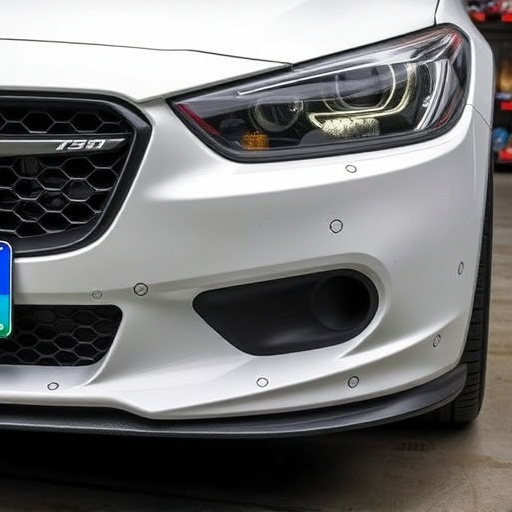
When applying structural adhesive systems in a modern collision repair center or auto body repair shop, adherence to best practices is paramount. The process begins with thorough surface preparation, ensuring all contaminants and debris are removed to allow for optimal adhesion. Proper surface conditioning and priming enhance bond strength and curing efficiency.
During application, precise mixing ratios and controlled dispensing techniques are crucial. Using the correct adhesive for specific vehicle materials and repair types ensures structural integrity. After application, adequate curing time must be allowed, often facilitated by heat or UV light, depending on the adhesive type. Proper curing enhances the long-term performance of structural adhesives in tire services and auto body repairs, ensuring the restored vehicle meets safety standards.
Structural adhesive systems have revolutionized modern collision repair, offering superior strength and efficiency compared to traditional methods. By understanding the technology, practicing best application and curing techniques, and leveraging the advantages of these systems, repair shops can significantly enhance their work quality, reduce cycle times, and ultimately provide customers with durable, high-quality repairs. This shift towards advanced structural adhesives is a key step in staying competitive in today’s automotive industry.


